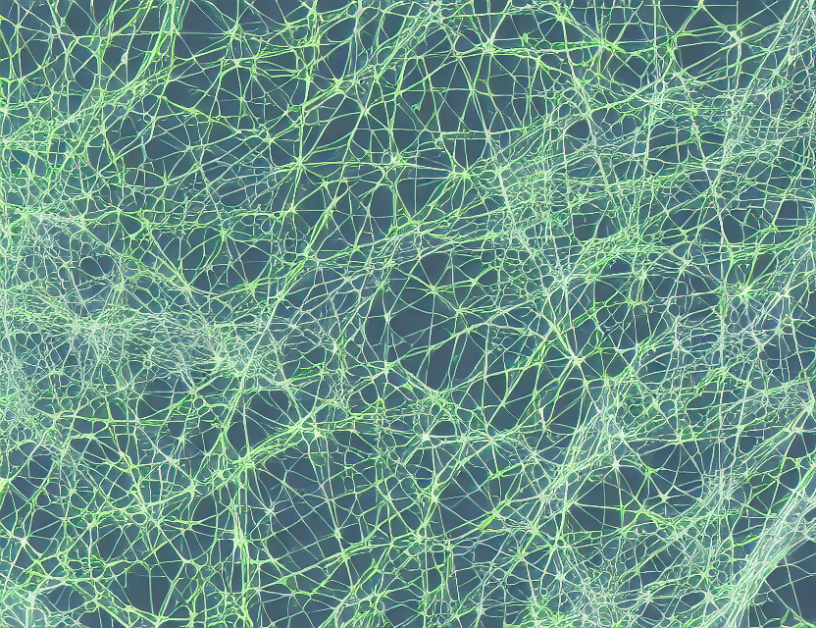In this research paper, the authors aim to improve the efficiency of graph neural networks (GNNs) in various domains by utilizing a new approach called Spatial-Pyramid Attention (SPA). SPA enhances the representation power of GNNs by combining the strengths of both spatial and pyramid attention mechanisms. The proposed method is tested on multiple datasets, including Citeseer, Pubmed, Corafull, and WikiCS, demonstrating consistently high performance across various domains.
The authors begin by highlighting the limitations of traditional GNNs in terms of computational complexity and accuracy. They then introduce SPA as a novel approach to address these issues, which combines spatial attention with pyramid attention to improve the representation of graph-structured data. The proposed method is designed to capture both local and global information by utilizing different attention mechanisms for different parts of the graph.
The authors evaluate the effectiveness of SPA through experiments conducted on several datasets. They compare the performance of SPA with existing methods, including Graph Convolutional Networks (GCNs) and Graph Attention Networks (GATs), demonstrating superiority in terms of accuracy and efficiency. The results show that SPA achieves better performance while requiring fewer parameters and computations than other approaches.
To further demonstrate the versatility of SPA, the authors conduct additional experiments using a different GNN architecture called GraphSAGE. They evaluate the Macro-F1 score of each method on various datasets and compare them with the proposed approach. The results show that SPA consistently outperformed existing models in terms of Macro-F1 score in GraphSAGE architecture, especially in domains such as WikiCS and Tolokers.
In summary, the authors propose a novel approach called Spatial-Pyramid Attention (SPA) to enhance the efficiency and accuracy of graph neural networks in various domains. SPA combines the strengths of both spatial and pyramid attention mechanisms to capture local and global information, leading to improved performance compared to existing methods. The proposed method demonstrates versatility by utilizing different GNN architectures and showing consistent superiority in terms of accuracy and efficiency across multiple datasets.
Computer Science, Machine Learning
Evaluating SPA: A Comparative Study of Macro-F1 Efficacy in Graph Neural Networks



